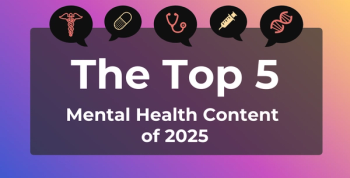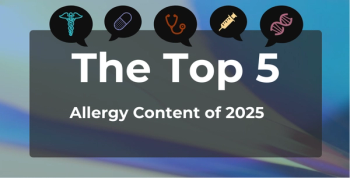
Veterans' Mental Health Care Trends Favor Telemedicine
A comprehensive report exhibits how in-person, telephone-, and video-based care has trended from 2020-2023 within the US Department of Veterans Affairs health care system.
The widespread adoption of telemedicine during the early stages of the COVID-19 pandemic has reshaped the landscape of health care delivery. A recent study conducted within the US Department of Veterans Affairs (VA) health care system sheds light on the evolving trends in clinical outpatient encounters from January 2019 to August 2023. The research found that telephone-based care has predominantly reverted to levels seen before the pandemic, and video-based care now plays a significant role in outpatient services, especially in mental health care.
The study, based on data from the VA's Corporate Data Warehouse and published recently in
“We observed dramatic expansions in the number of veterans who receive VA mental health care through video and phone appointments,” study author Jacqueline Ferguson, PhD, Center for Innovation to Implementation, Veterans Affairs Palo Alto Health Care System, wrote in an email to The American Journal of Managed Care®. “These telemedicine visits have the potential to offer veterans convenient access to care by reducing travel burdens and associated costs. This convenience is especially valuable in the case of
Key trends:
- Shift during pandemic onset (March 2020):
- A significant decrease in in-person encounters across all services
- Compensatory increase in telephone- and video-based encounters, with telephone-based care becoming the dominant modality
- Evolution of modalities (May 2020 - May 2021):
- By May 2020, 23% of care was provided in person compared with 81% in February 2020
- In January 2021, in-person care once again became dominant in primary care services
- Fluctuations in telephone and video care reflect typical variations, with in-person primary care encounters increasing in late 2020 and 2021, likely associated with vaccination-related visits
- Stabilization of telemedicine Rates (May 2021 - August 2023):
- Telephone- and video-based care decreased from a peak of 79.6% in April 2020 to 36.7% in April 2023
- Video-based encounters accounted for 34.5% of mental health, 3.7% of subspecialty, and 3.5% of primary care encounters by August 2023
The study states this as the new equilibrium in which telephone-based care has largely returned to prepandemic levels, while video-based care constitutes a substantial portion of outpatient care. Mental health care continues to be a prominent user of telemedicine, with 55% provided through virtual platforms. Despite overall stability in telemedicine rates from May 2021, telephone visits have continued to decrease, and mental health video visits have shown an upward trend.
The findings of this VA study offer a comprehensive timeline of the shifts in health care delivery modalities since the onset of the COVID-19 pandemic. Although telemedicine rates have stabilized, it is essential to address disparities in access, particularly affecting older adults, individuals in rural regions, and historically marginalized groups, the researchers wrote. Future research should look into the quality, safety, and health outcomes of telemedicine in this emerging equilibrium, guiding both research and policy initiatives.
Reference
Ferguson J, Wray C, Van Campen J, Zulman DM. A new equilibrium for telemedicine: Prevalence of in-person, video-based, and telephone-based care in the Veterans Health Administration, 2019-2023. Ann Intern Med. Published online January 23, 2024. doi:
Newsletter
Stay ahead of policy, cost, and value—subscribe to AJMC for expert insights at the intersection of clinical care and health economics.







































